How Are Diamonds Made? Natural vs Lab-Created Explained
Two Paths, One Diamond Not all diamonds come from the same place — but they all start the same way. Pure carbon, crystalized under immense pressure and heat. Whether it…
Upon ascending to the throne in 1762, Empress Catherine II – also known as Catherine the Great – took all of the jewels in the royal treasury which didn’t “suit her tastes” and commanded her artisans to create a new crown for her coronation. The result was something that, in his memoir, court jeweler Jérémie Pauzié called “one of the richest objects that ever existed in Europe.”
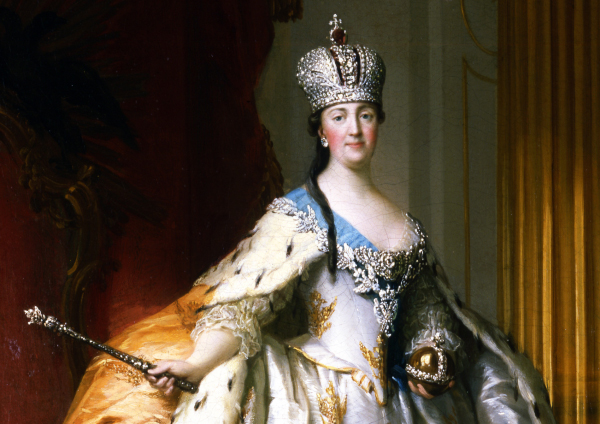
Consisting of two hemispheres, The Imperial Crown is adorned with nearly 5,000 diamonds and 75 pearls. Its hemispheres are divided by an elaborate central arch. Stylized oak leaves and acorns, symbolizing strength and resilience, ascend from all four compass points to the crown’s defining feature – which the court jewelers told Catherine the Great was an enormous 398-carat ruby…
Alas, it was never so. They had been fooled by a charming imposter. A red trickster in the crown. Can you guess what it was?

When assessing gemstones, professionals will encounter many with similar colors and essential appearance. Without further scrutiny, even career gemologists like those of Catherine the Great – along with the royal jewelers of England, Persia, and others – can be fooled.
From left to right: Tsavorite, Green Tourmaline, Chrome diopside.

From left to right: Ruby, Spinel, Garnet

From left to right: Sapphire, Cobalt Spinel

So what approach do gemologists take to correctly identify gemstones with similar color and appearance? For certain, one of the first and most important scientific determinations is whether the gem’s light behavior is homogenous or heterogeneous. In simple terms, the difference between a homogeneous body and a heterogeneous body is whether or not a beam of light is broken into two beams after entering the gemstone.
For homogeneous gemstones: Light propagates with a fixed refractive index in all directions (single refraction). This light behavior is known as optical isotropy.
For heterogeneous gemstones: Light breaks down inside the gemstone and propagates with two different refractive indices (double refraction). Unless it comes from a special direction, light becomes decomposed into two polarized beams with perpendicular vibration directions and different propagation speeds. This light behavior is known as optical anisotropy.
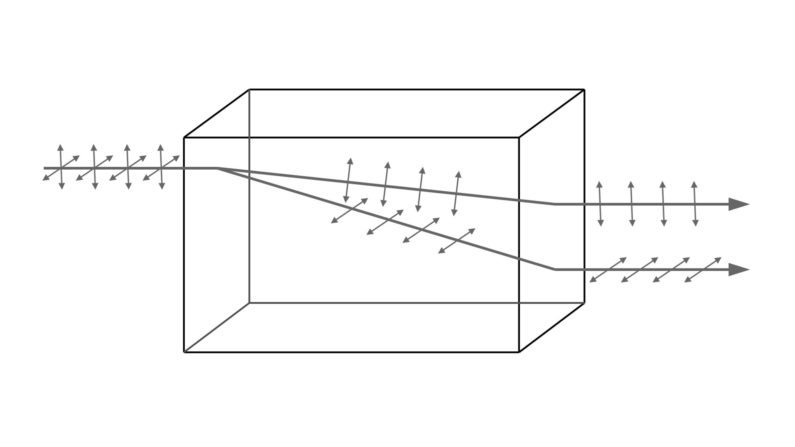
The measure of a gemstone’s optical anisotropy is its birefringence. This is often quantified as the maximum difference between refractive indices exhibited within the gemstone.
Chemically, red spinel is composed of magnesium, iron, oxygen, and chromium, while ruby is the mineral corundum. But spinel occurs in the same red and blue colors as rubies and sapphires, forms under the same geological conditions and is found in the same rock formations as ruby.
Prior to 1783, no differentiation was made between spinel and ruby. A century later the red trickster was still fooling people. Ultimately, gemologists learned to discern between singly and doubly refractive gemstones and unmasked Catherine the Great’s red trickster, along with a few cousins.

The Timur Ruby is a 352.5-carat gem named after the founder of the Timurid Empire. It was believed to be a ruby until 1851. The spinel was set into a necklace and presented to Queen Victoria in 1853.
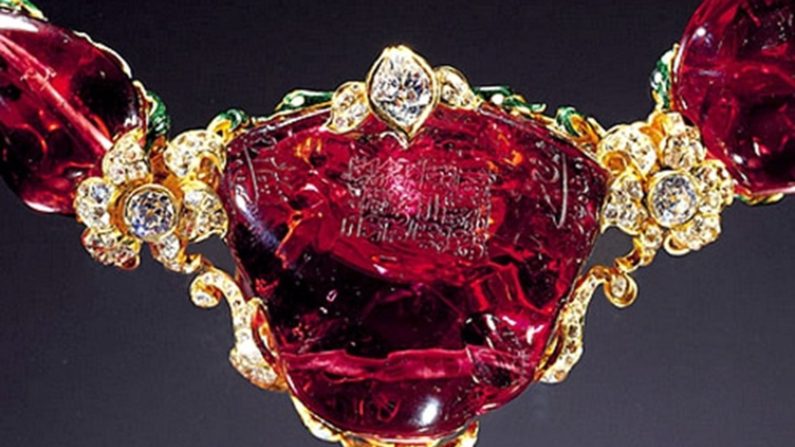
Seen below, the 170-carat Black Prince’s Ruby, one of the oldest in the UK’s collection of Crown Jewels and the original red trickster adorning the Imperial Crown of Russia. Both were eventually proved to be homogeneous gemstones, and thus spinel.
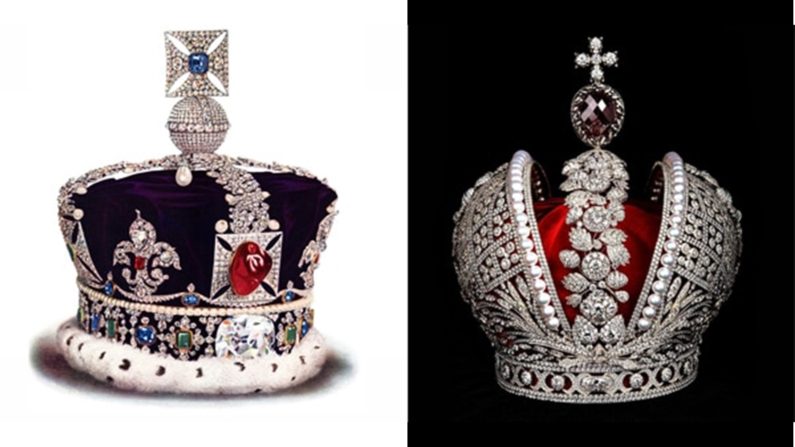
From the perspective of gemological testing, there are reliable tools that can effectively determine whether a gemstone is homogeneous or heterogeneous.
Refractometers measure the angle of refraction of light within a gemstone, correlating them to established refractive index values. Homogenous gemstones will show only one fixed refractive index under the refractometer. Heterogenous gemstones will have two refractive indices, and the values of the two refractive indices will be changed when tested at different positions.
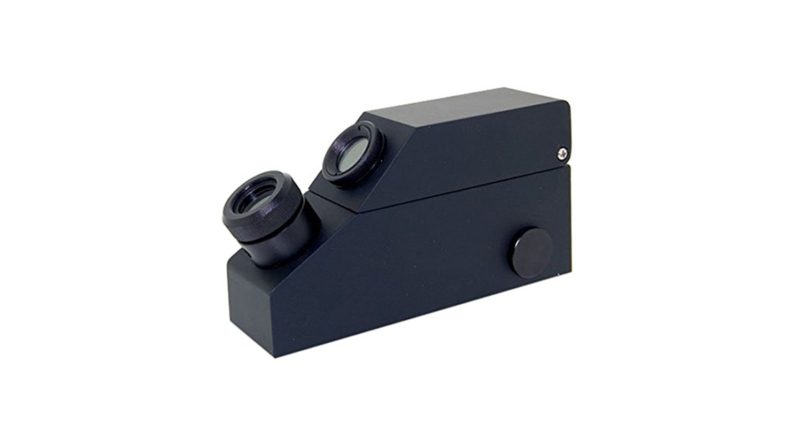
A dichroscope is a simple and portable identification instrument that utilizes a dichroic mirror. Under a dichroscope, a homogeneous gemstone displays only one color, while a heterogenous gemstone can display two to three different colors in different directions.
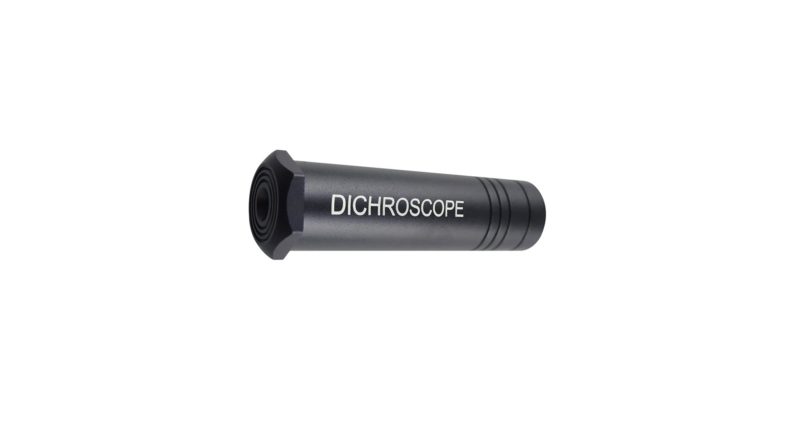
In addition to educated identification, a gem cutter can use a dichroscope to visualize different colors in the rough, identify the strongest, and properly orient the stone before cutting to optimize results.
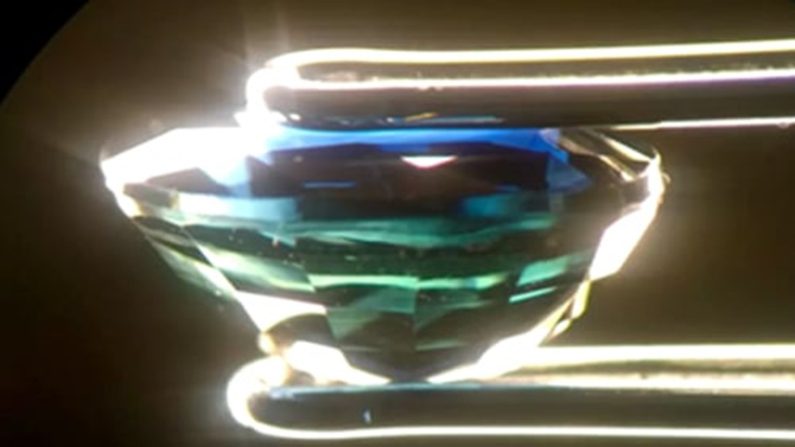
Even in early stages like mining, spinels and rubies can be observed through a dichroscope for identification. Spinel is a homogeneous body so only one color appears, whereas ruby is heterogeneous so two colors appear. With that said, there are certain limitations to the instrument. The more portable and simple the identification device, the more restrictions and limitations it has. For this reason, dichroscope analysis is best applied to transparent colored gems. When opacity is present the instrument cannot reliably judge whether the gemstone is homogenous or heterogeneous. For example, it cannot separate spinel from ruby in every situation, whereas examination with a refractometer makes the difference between the two clear at a glance.
To most reliably identify a gemstone as a homogeneous body or a heterogeneous body, its refractive index needs to be measured under a refractometer. The homogeneous body will have only one refractive index, and the heterogeneous body will have two refractive indices. For example, the refractive index readings of spinel and ruby are completely different. Spinel is usually 1.718 while ruby is usually 1.762-1.770. And, returning to the premise of this post, two changing refractive index values imply a heterogeneous, doubly-refractive, anisotropic body.
Fool me once, shame on you. Fool me twice – Whoops! I didn’t have my dichroscope.”
Written by John Pollard
Did you know the red trickster would be a spinel? Given how cool the crown is, does it matter? Have you ever confused one colored gemstone for another? Have you ever been fooled by a diamond simulant? If you have, which one…if you haven’t what gave it away? Did you know The Imperial Crown has a ‘stunt double’ which tours the world since the original isn’t allowed to leave Russia? Do you think Catherine the Great had a strong neck? Who would win in a fight – Catherine the Great or Queen Elizabeth II in her prime?
Learn how to define brightness, leakage, contrast, and scintillation on our page Diamond Performance Explained.
Take your diamonds on a brightness, fire, and sparkle test drive: Make Comparisons Like an Expert.
Get fast answers to any question: Ask our community of unbiased independent helpers.
Ready to find your diamond?